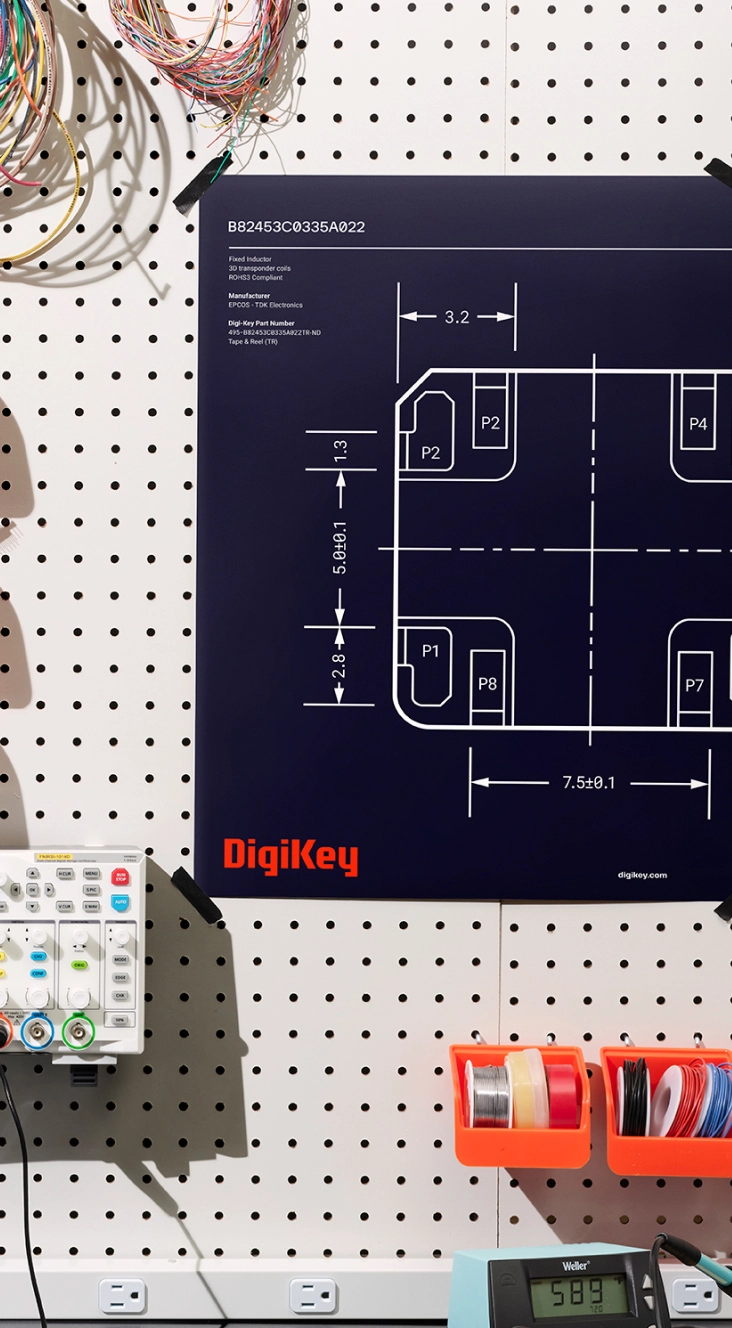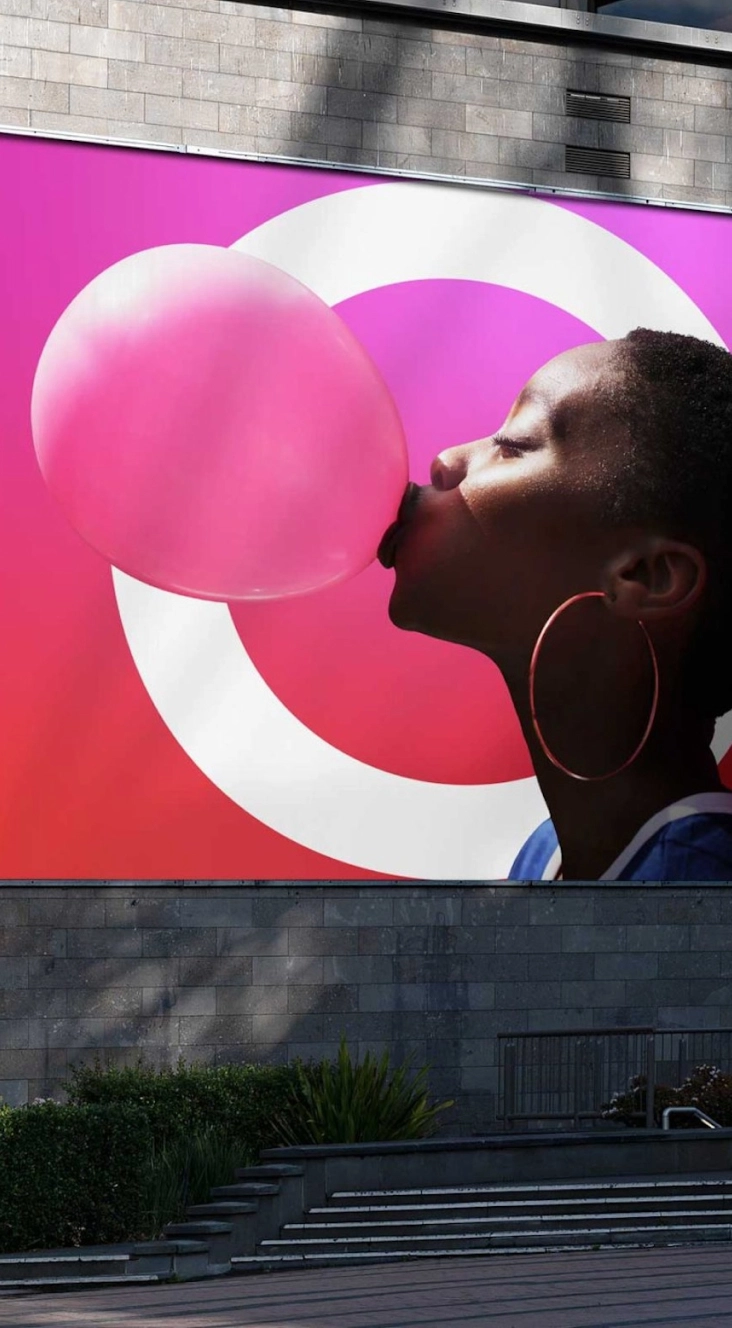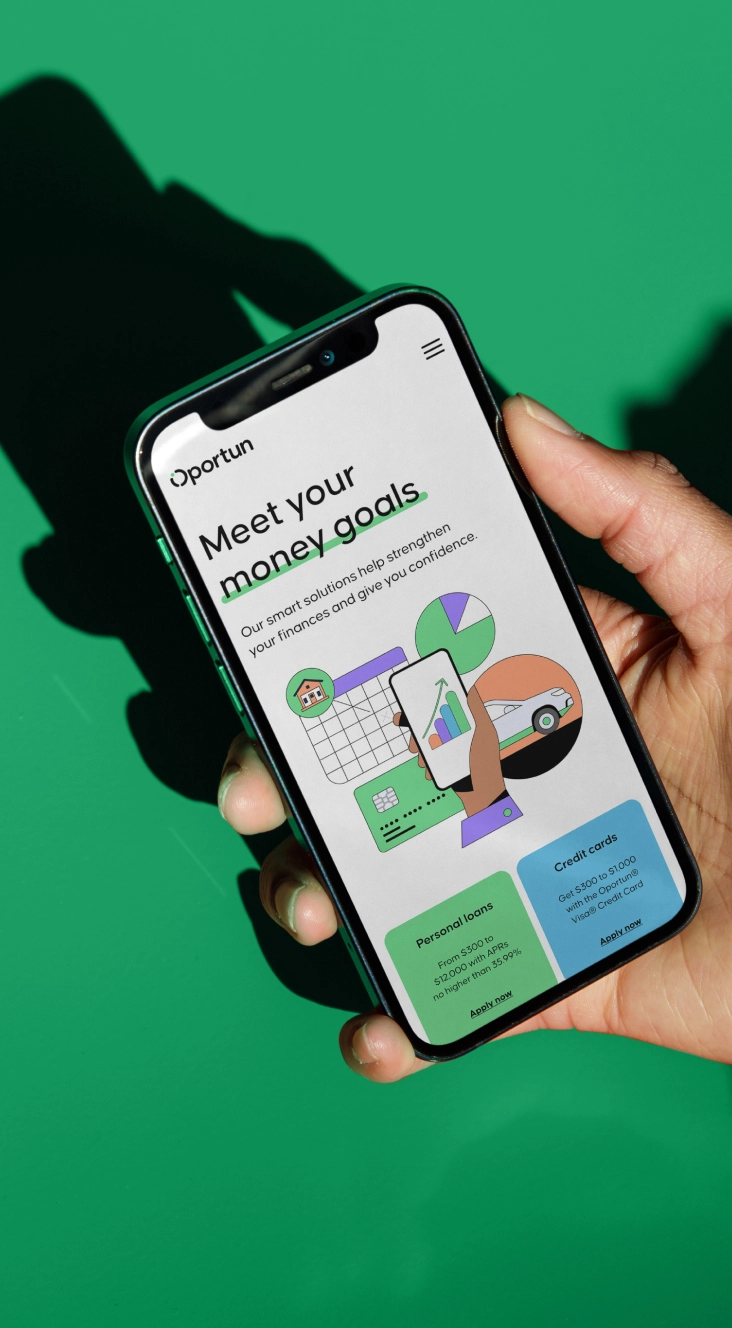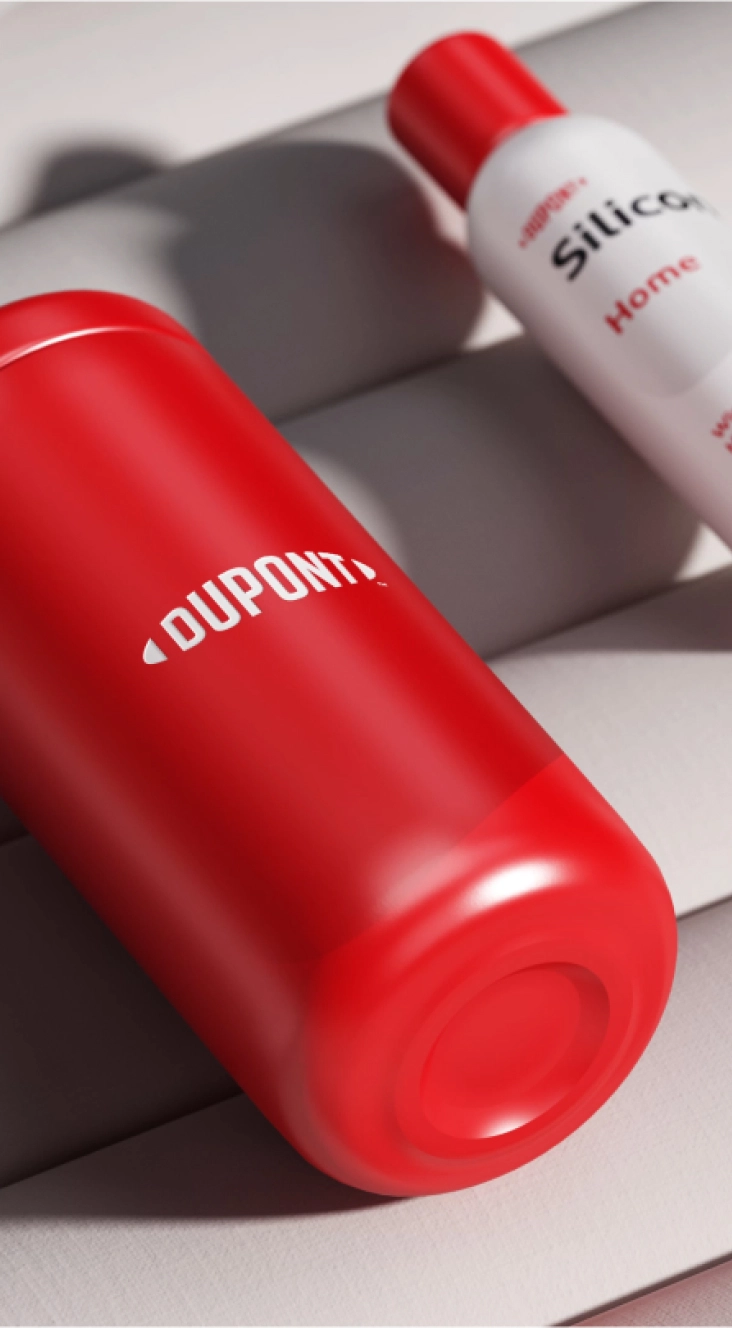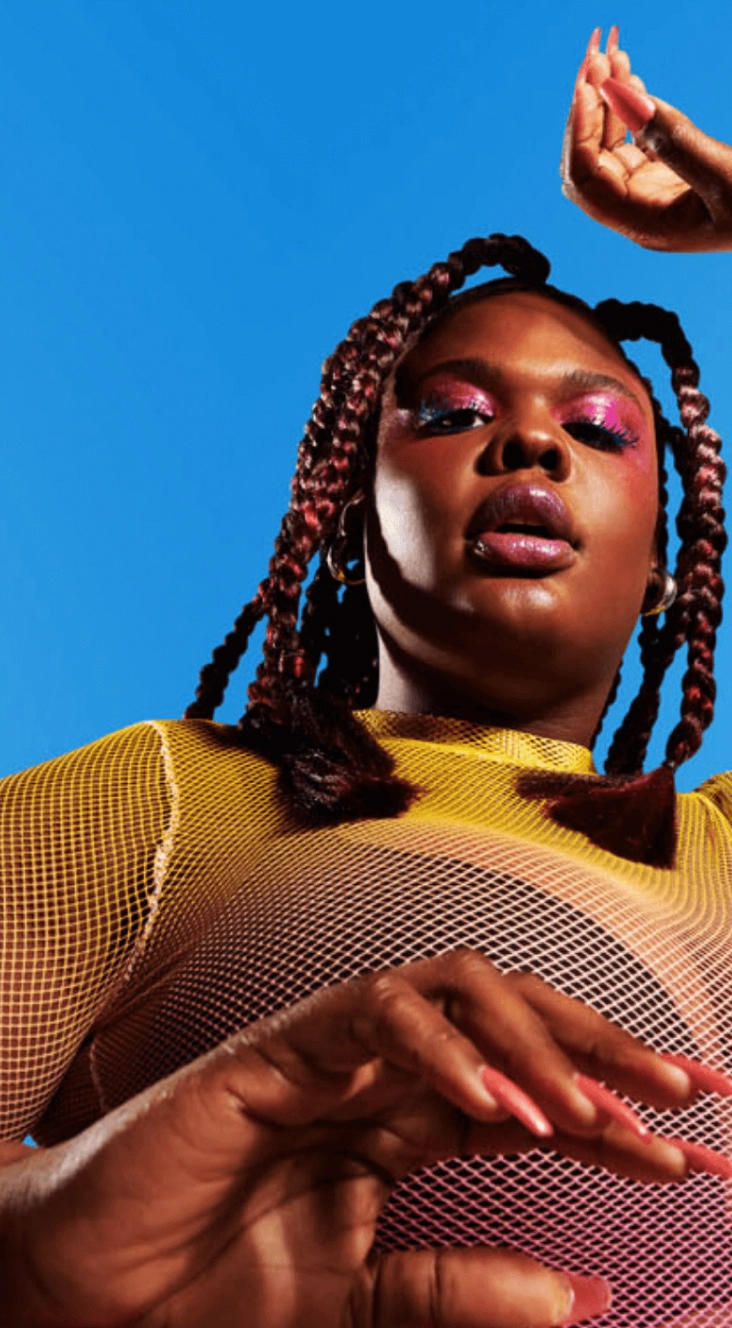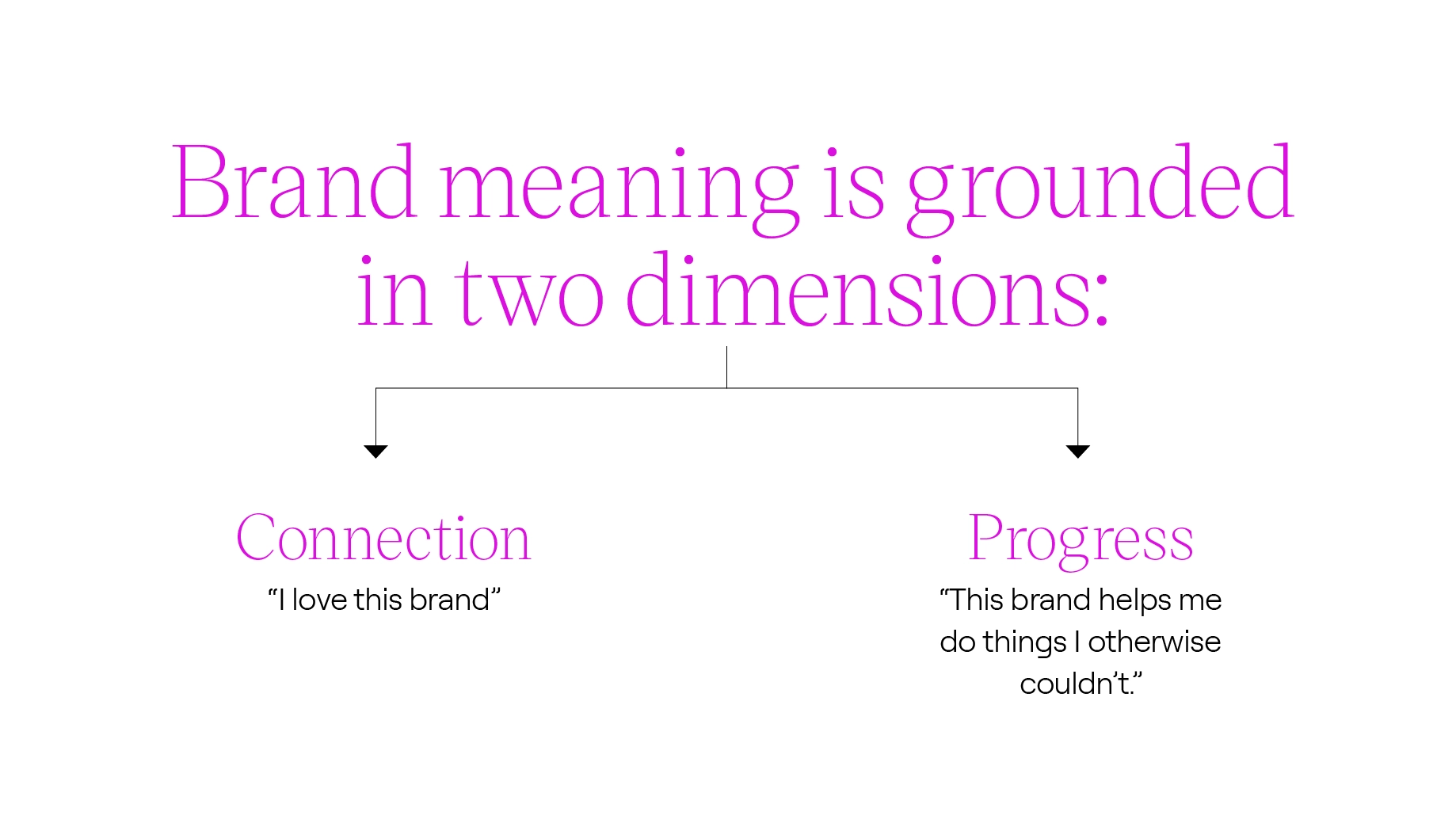2024년 1월 5일
브랜드 차별화의 신화: 의미 있는 존재가 더 중요한 이유

As marketers, we strive to differentiate our brand from competitors.
Just look to the $1 billion that US airlines collectively spent on advertising in 2022. Or the $1.6 billion AT&T spends annually. Despite this investment deployed year after year, our latest data from Brand Aperture® reveals a humbling statistic: only 5% of brands are considered unique by consumers. Just 5%, all that marketing and still most people see airlines as a metal tube flying you from A to B, regardless of brand. Likewise, if one of the cell service providers disappeared tomorrow, there wouldn’t be any shortage of alternatives.
In short: whatever you’re doing to differentiate your brand is likely not persuasive. You’re probably one of the 95 percent. But there are still levers to pull that drive demand.
Let’s start with the 5 percent of brands that are unique.
They do one or both of two things. First, they’ve developed a truly disruptive product or service, think Peloton or Tesla. Second, being an unashamedly tribal brand, appealing to the unique values and needs of a specific audience, think AARP. The result is a proposition that customers recognize as distinct from anything else in the market—and they reward them with their loyalty.
Some brands achieve both. Take the dramatic rise of HOKA, started by and for running enthusiasts, providing a product with a thicker sole for more cushioning while remaining lightweight. Tribalism and a disruptive product in one. There’s immense value to being unique, and if it can be achieved through disruptive innovation and/or tribal branding, go for it.
For the 95 percent, our products and services are substitutable, disruptive innovation is rare, while the need to be affordable takes scale. That requires appealing to the majority versus a specific segment (sorry, no tribalism to be found here).
Marketers must change the frame of reference. Focusing on “differentiation” only positions the conversation relative to competitors; instead, the focus needs to be on the customer, and how a brand is meaningful to them.
So, how do we do that?
From our own research, Brands that deliver on both these dimensions deliver 5x the annual revenue growth than those that don’t³. We also saw that during the 2020년 5월 market crash, they lost 1/2 as much value as others and recovered faster. Intuitively, meaningful brands influence desirable customer behaviors that drive growth and resilience.
What it takes to build brand meaning
Take Klarna, one of the most meaningful brands in our study. Klarna helps consumers buy now and pay later. The brand saw a 71 percent increase in gross merchandise value in the US last year4. While Klarna is meaningful, it’s not unique; after all, credit has been around for decades. Klarna’s success comes from understanding the customer’s job to be done, delivered with excellence. Specifically, they aren’t worried about positioning relative to competition, they’re confident that they understand their audience and are focused on serving that audience with excellence.
The chart below plots 252 US Brands, as rated by their customers in 2023. While there is a correlation between uniqueness and meaning, for brands in the middle, that relationship is weak. For instance, there are many brands where only 30-40 percent of their customers consider them unique. However, very few are as meaningful as T-Mobile. To put it another way, T-Mobile’s brand is working harder as a business asset. While many of the brands with lower meaning are financially successful they are leaving money on the table that a more meaningful brand could attract.
So, what are T-Mobile and the other 30 percent of meaningful brands doing that others aren’t? We uncovered three traits:
- An authentic, creative and enduring brand idea that isn’t just relevant, it’s meaningful.
- Marketing’s involvement in proposition development versus a more limited demand generation role.
- A culture that considers brand through every decision and action that management and employees make.
Let's see this in action with Southwest Airlines who has a brand meaning score of 50, one of the highest among U.S. airlines.
An authentic, creative and enduring brand idea:
Southwest Airlines’ brand idea is to bring more heart to the flight experience. A recognition that while passengers are primarily seeking to fly from A to B, they are also seeking humanity and empathy along the way. Meaning comes from a sense of connection provided by a team that brings humor and a personal touch to what in others is often an institutional experience.
Marketing’s involvement in proposition development:
Progress is provided by affordable fares and a marketing team that has an active role in shaping the proposition, for example: bags fly free, no change fees, rapid rewards, no blackout dates, and more. This ecosystem of offers, dubbed ‘Transfarency’ by Southwest, is a physical expression for how Southwest demonstrates heart.
A culture that considers brand through every decision and action:
The consistency for how the brand comes to life is driven by a culture where employees feel the brand enabling them to better deliver it. That means when exceptions occur, employees demonstrate behaviors that reinforce versus contradict the brand promise. After all, you can’t manage a thousand touchpoints with a manual. 결과: a whole greater than the sum of the parts. This also creates resilience during periods of turmoil. Over Christmas 2022, Southwest suffered severe operational challenges. Despite this, Southwest’s brand equity remains strong in 2023 and has suffered no long-term damage.
If you’re a brand that’s currently not meaningful with your customers, whether you’re financially successful or not, there is substantial potential being untapped.
Ask yourself these questions:
- Are you clear on the job-to-be-done that your audiences are seeking?
- Do you have a clear sense for how your culture and business design provide an advantage versus others to solve that job?
- Do you have the imagination to define that advantage as an enduring, creative and authentic brand strategy?
- Do you have a marketing operating model that enables you to credibly engage with the rest of the organization to develop the signature experiences that demonstrate the brand strategy?
- Is the organization mobilized and motivated to consider the brand in their personal behaviors and decisions, decentralized brand-building?


